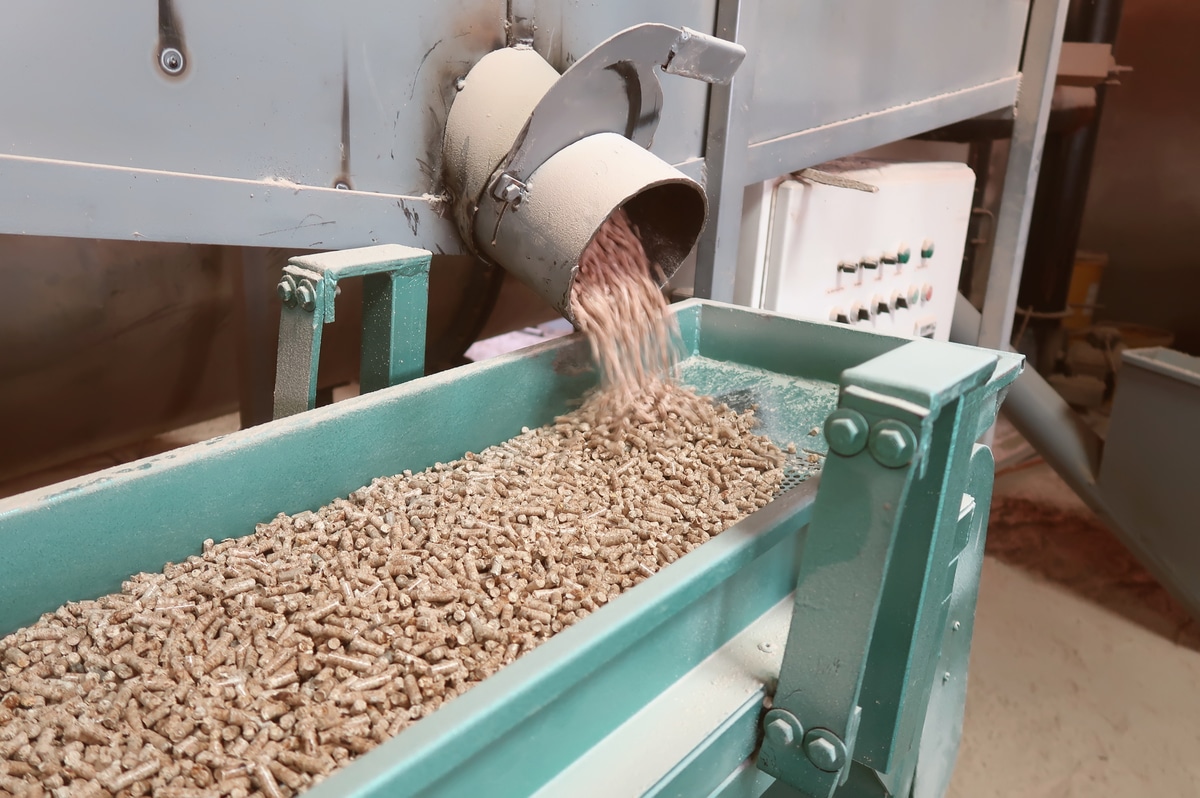Wood pellets are a form of biomass fuel produced from pressurized organic matter, commonly wood. They can be typically used as a new heating fuel, especially in pellet ovens and pellet boilers. Here's a complete overview of solid wood pellets, covering their particular production, uses, rewards, plus more:
Production Method:
Recycleables:
Wood pellets are primarily produced from wood residues and byproducts. This particular can include sawdust, wood shavings, solid wood chips, and additional types of wood waste products.
Drying:
The organic materials are dried out to reduce their particular moisture content. Small moisture content is definitely crucial for effective pellet production and combustion.
Size Lowering:
The dried wooden material can then be surface into a fine powder. This method enhances the surface location and assists in the joining of the substance during pelletization.
Pelletization:
The powdered wood is compressed via a pellet mill. The warmth generated during this process softens typically the lignin in typically the wood, acting because a natural binding. The compressed materials forms cylindrical pellets.
Cooling and Screening:
The newly produced pellets are cooled and screened in order to remove any fees or broken items. This leads to uniform-sized pellets suitable for combustable.
Packaging:
The final step consists of packaging the solid wood pellets in hand bags or bulk with regard to distribution and selling.

Characteristics:
Size and Shape:
Real wood pellets are normally cylindrical with a diameter of about 6th millimeters and a length of twelve to 30 millimeters.
Density:
Wood pellets are dense and still have a high power content. This thickness plays a part in their productivity like a heating gasoline.
Moisture Content:
Top quality wood pellets have a low dampness content, usually close to 6-8%. Low moisture content ensures effective combustion and decreases emissions.
Calorific Worth:
Wood pellets include a high calorific value, meaning they will release a significant amount of heat whenever burned. The exact value can vary with respect to the wood species and even production process.
Makes use of:
Heating:
Wood pellets are commonly applied being a residential heat fuel in pellet stoves and pellet boilers. They supply a convenient in addition to efficient way to warm homes.
Commercial and Industrial Heating:
Larger-scale applications include applying wood pellets for heating in commercial and industrial settings.
Power Generation:
Several power plants use wood pellets because a biomass fuel to generate electrical energy.
Environmental Benefits:
Alternative Energy:
Wood pellets are considered a new renewable energy resource being that they are derived through wood, which is often sustainably harvested.
Carbon Neutrality:
The combustion associated with wood pellets is considered carbon-neutral because the carbon dioxide released during burning is definitely offset by the particular carbon dioxide assimilated by the forest during their growth.
Waste products Reduction:
Wood pellets utilize wood elements and byproducts, reducing the amount of waste in the timber market.
Considerations and Difficulties:
Storage:
Proper storage space is essential to take care of the quality of wood pellets. That they should be held in the dry atmosphere to stop moisture assimilation.
Transportation:
Wood pellets are bulkier than other fuels, which can affect vehicles costs.
Great site :
Pellet ranges require regular upkeep, including cleaning with the burn pot and ash removal, to make sure optimal performance.
Sourcing and Certification:
Sourcing wood pellets from certified producers guarantees sustainable and dependable forestry practices.
In summary, wood pellets can be a versatile and earth-friendly fuel source together with applications in residential heating, industrial warming, and power era. Their popularity is escalating as more folks seek sustainable in addition to renewable alternatives regarding energy consumption.
